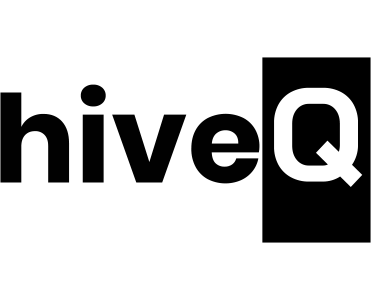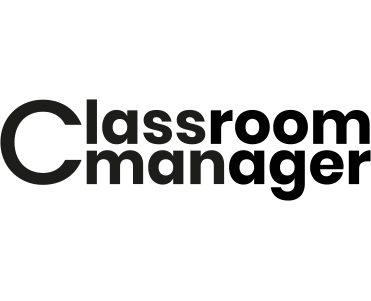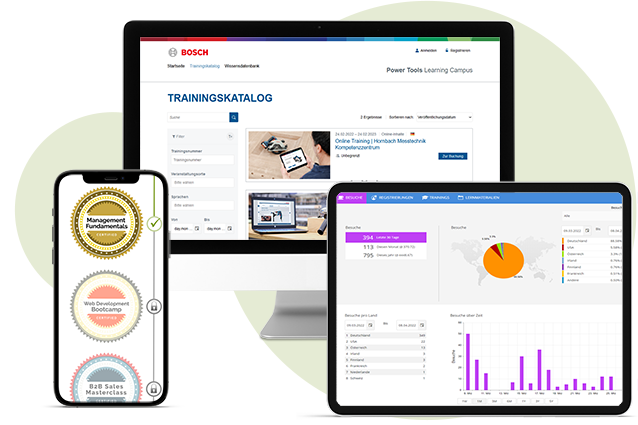Possible pitfalls when implementing an LMS
Our experience has shown that there are several possible pitfalls when implementing an LMS. Listed below, you will find eight very common pitfalls you should avoid in order to implement an LMS successfully.
Lack of learning material
Some organisations successfully implement an LMS and then realise that they do not have any courses or learning materials to upload onto the LMS. As a consequence, the LMS becomes obsolete. Make sure that you also take content into consideration – whether you create it yourself or buy it.
Lack of resources
We often experience that organisations allocate limited internal resources to the project team implementing an LMS. While it is true that providers guide you through the process and will share their knowledge and expertise, it is crucial that the program continues in the organisation on its own once the LMS is implemented. This requires people who are responsible to maintain the LMS and its contents.
Underestimating time needed for LMS implementation and testing
Often, the importance of a detailed LMS implementation timeline is underestimated. Plan plenty of time for the actual rollout and subsequent testing.
Failure to focus on your target groups and/or use cases
Often, organisations want to include numerous target groups and all possible use cases right from the beginning. Or organisations do not pay the required attention to their target groups and use cases. Both approaches make it difficult to define specific requirements for the LMS and result in an implementation which is far too comprehensive and expensive. We recommend to focus on one or two essential target groups as well as main use cases first and then expand the LMS at a later stage.
Judging by the price tag
Judging providers just by the price tag leaves hidden costs out of consideration. In particular, the comparison between proprietary and open-source software is a suitable example to illustrate this. While proprietary software seems very costly at first glance, many organisations do not consider that open-source software requires high costs, software expertise and internal resources.
Choosing a myriad of features
This is a common mistake. Often, organisations want to include numerous features which are useful for them. At a later stage, they discover that they do not have the appropriate resources to manage this. Thus, we recommend a step-by-step approach that allows for expansion later on.
Not taking feedback from users
Do not forget to include users in your process – let them test the LMS and take their feedback seriously. They are the ones that are using the LMS later on and who will also decide whether your program is successful or not. Users who are involved in the process feel valued and will support your endeavour.
Not going live in appropriate time
There are several reasons why LMS are not implemented successfully – even after the planned 3-9 months. A possible reason could be a large project team which blocks itself due to various different opinions and expectations. Make sure you only include essential stakeholders and not every department at your organisation. Another reason could be a lack of focus – either regarding the overarching aim and scope of the implementation or the crucial target groups.








